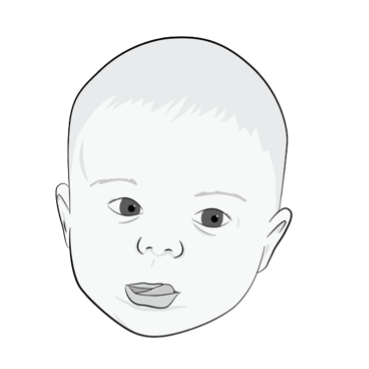
Chiropractic Care for the Pregnant Patient
Chiropractic Care for the Pregnant Patient - Confidently Support Every Stage of Pregnancy with Advanced SOT® Protocols
Pregnancy is a time of profound structural, hormonal, and neurological change. For chiropractors, it offers a unique opportunity to provide safe, effective care that supports both the mother and developing baby throughout each trimester—and beyond.
This on-demand course gives you the tools to deliver gentle, specific, and neurologically-based chiropractic care tailored to the needs of pregnant patients. Using advanced SOT® (Sacro Occipital Technique) protocols, you’ll learn how to assess and address the spinal, pelvic, and cranial changes that occur during pregnancy—and how to create more comfortable pregnancies and smoother births.
Whether you’re already caring for expecting moms or looking to expand your prenatal expertise, this course offers step-by-step guidance you can integrate into your practice right away.
What You’ll Learn
- How to adapt SOT® Category I, II, and III protocols for each stage of pregnancy
- Pelvic balancing and soft tissue techniques that support uterine positioning and fetal alignment
- Cranial corrections to address hormonal shifts, neurological stress, and postural changes
- Evaluation strategies for detecting instability, torsion, and compensatory distortion patterns
- Techniques to support labor preparation and postpartum recovery
Resources Provided
- Video class modules
- Evaluation & technique presentations
- Practical demonstrations
- Calls to action (CTAs)
- Complete PDF workbooks
- Full transcriptions of video classes
- Email access to Dr. Rosen & Dr. Watson
Why Take This Course?
- Chiropractic care during pregnancy improves maternal comfort, reduces intrauterine constraint, and enhances neurological function
- SOT® protocols provide a safe, gentle, and powerful framework for structural correction without force
- Proper care throughout pregnancy can positively impact labor, delivery, and postpartum recovery
Who Is This Course For?
Chiropractors who want to:
- Deliver more specialized, results-driven care for pregnant patients
- Build a thriving prenatal and family-centered practice
- Feel confident adjusting throughout all stages of pregnancy using low-force, effective techniques
- Create a more comfortable, balanced experience for mothers-to-be
Supporting pregnant patients is one of the most impactful ways to serve your community. With the right protocols and a deeper understanding of perinatal dynamics, you can help moms thrive—and give babies the best start possible.
Course Contents
14 Modules | 14 CTAs
Class 1 – The Chiropractor’s Role – Anatomy and Physiology
Class 2 – Stages of Pregnancy – SOT Categories and Pregnancy
Class 3 – Prone Blocking Techniques: Category One
Class 4 – Category II and Category III Testing and Blocking
Class 5 – Ancillary Procedures: Psoas, T11-T12, Posterior Femur and Acetabular Restriction Corrections
Class 6 – Sacral Corrections: SOR, Sacral Cup, Anterior Sacrum, Sacral Segment Correction and Sacral Pussy Foot Technique
Class 7 – Seated Blocking Techniques
Class 8 – Alternative Blocking Techniques
Class 9 – Orthopedic Blocking and Non-Osseus Corrections, Pubic Symphsis Correction, Supportive Exercises and Sacro-iliac Belts
Class 10 – Pelvic Constraint Technique with Blocking
Class 11 – Case Management: Morning Sickness, Hemorrhoids
Class 12 – Case Management: VBAC – Past Due Date
Class 13 – Case Management: Constipation – Generalized Swelling – Carpal Tunnel Syndrome
Class 14 – Case Management: Premature Labor – Inability to Maintain Pregnancy or Conceive
Meet the Instructors
As early as first quarter in chiropractic school they were attracted to each other’s commitment to chiropractic and the pursuit of excellence. Their combined 80 years of personal and clinical and teaching experience, in delivering the chiropractic adjustment is unparalleled in the chiropractic profession. Their international outreach through teaching, writing and lecturing has been a driving force in their personal and professional careers since their first seminar taught together as students, in 1979.
Their years of experience have taught them what works and what does not work to create a successful practice and lifestyle. The more competent and comprehensive your expertise you will find that more patients will seek your services and your practice will grow exponentially.








